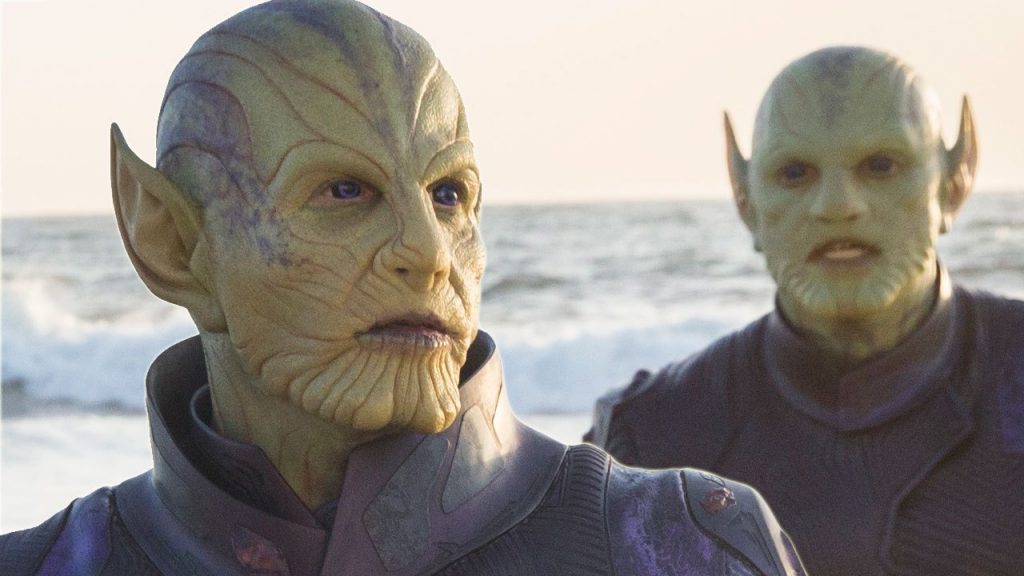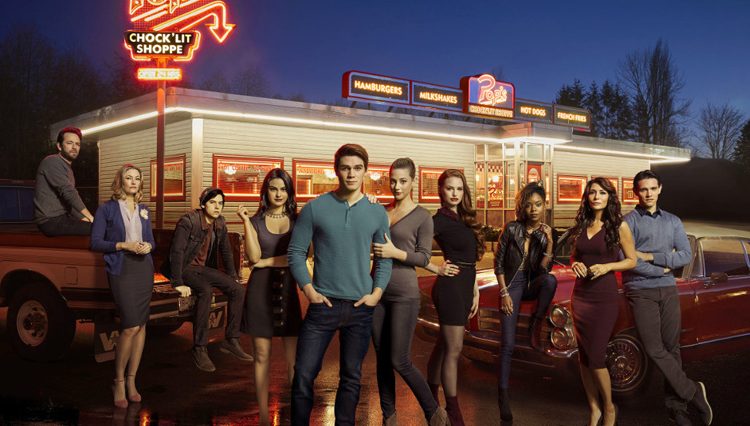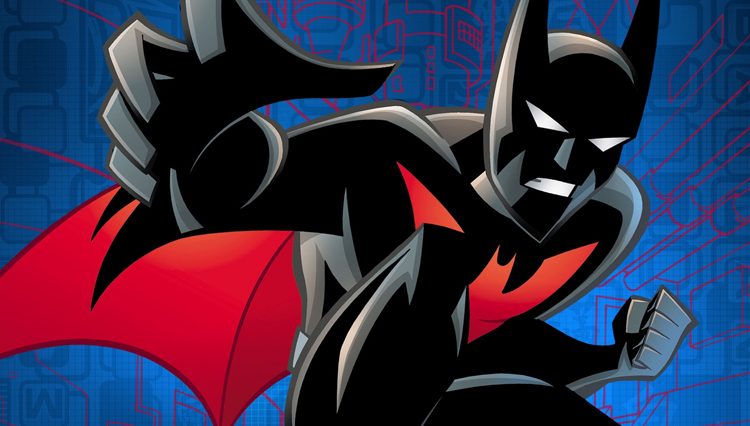A galactic conflict between two alien worlds spreads across the galaxy and breaches our atmosphere, when a Kree soldier crash lands on Earth and continues her mission to combat the invading shape-shifting Skrulls who infiltrated society. Along the way she meets Nick Fury, inspiring him to create the Avengers Initiative, and discovering her hidden past along the way. As evident in the movie trailers on YouTube, primetime telecasts and even the Super Bowl, Carol Danvers was an ace flyer for the U.S. Air Force and – momentarily – had her memory wiped clean for reasons she discovers while kicking over a few rocks.
Borrowing elements from the 1971 “Kree-Skrull War” comic book storyline, Captain Marvel (2019) is set in the 1990s, pre-dating the epic “Decimation” from Thanos’ snap and the Chitauri invasion of New York City. Here, people in Los Angeles are in awe and wonder of the costumed superhero who beats up a shape-shifting Skrull on a light rail as if they never saw a superhero before. Also in awe, but reserved enough to maintain curiosity is Nicholas Joseph Fury, a former soldier and spy, now handling a desk job. His eyes (both of them) have been opened to something bigger so this movie doubles as a Nick Fury origin story.

Regrettably, production is remnant to primetime television production and unlike the majority of Marvel Studios’ theatrical entries, which raised the bar and generated box office gold, the film stays grounded for most of the stint. This is probably a lengthy way of saying I expected more from Marvel Studios (yes, avoiding comparison to the Infinity War epic) with television production today from Netflix and HBO almost equal by comparison to the finished product of Captain Marvel. Worse, the format recycles familiar territory. In an effort to tone down the violence and create a more family-friendly superhero movie, such fallacy works in this regard.
Producer Nate Moore was once quoted of saying that the film would avoid the traditional structure of many MCU origin stories, “which is you meet the character, they have a problem, they get powers at the end of the first act, and the end of the second act they learn about the powers, and the third act they probably fight a villain who has a function of the same powers.” Here, Carol Danvers already has her powers and is learning her full potential, as well as focusing on flash backs to fill in the back story. This makes me suspect the producers at Marvel Studios also recognize the same problem and are trying to find a variation-on-a-theme. Like a mystery, the puzzle pieces are missing as a result of Danvers’ memory lapses and it takes her some time to uncover the details that led her to where she is today and discovers her full potential and starts kicking ass. Even the last 20 minutes when Carol Danvers rises to the occasion could have been elevated and not two-dimensional if the music elevated the mood. Seriously, I never caught the superb music score until the closing credits…

Brie Larson in Captain Marvel (2019)
Marvel Studios, should they continue to introduce new characters to the fold, may want to consider minimizing the origin stories altogether. Really, do we need more than 20 or 30 minutes focusing on the origin? Granted, the average theater goer never read the comics and therefore are fascinated by origin stories. But with an over-saturation of super hero movies these days, something fresh and new is sorely needed, Downplaying “epic” for the sake of setting up the groundwork for cosmic entries that are coming from Marvel in the next few years could have been less formulaic. The only exception is Goose, the kitty cat sidekick, who steals the movie and is a pleasant surprise. When the feline steals the movie, Marvel may want to take notes. People want to see something they have not seen before.
Everything that is progressive from a female superhero flick can be found here and like Black Panther, the studio avoids heavy preaching and instead works best with subtlety. But dismissing my sole complaint of too much origin and too little ass-kicking, this film has a number of great things going for it. The repertoire between Samuel L. Jackson and Brie Larson is magnificent and border-line chemistry. Larson is great in the role with the spunky personality, but somehow her position is two-dimensional and no fault to her. How Nick Fury gained his position at S.H.I.E.L.D., losing an eye and his relationship with Agent Coulson are revealed. To reveal anything else would be spoiling the fun that is best revealed when watching.
There was not a dry eye in the house after the first 60 seconds (so do not show up late and miss the first few minutes). There are two post-credits sequences worthy of watching so stay all the way through the credits.
Marvel makes popcorn movies for entertainment so if How to Train Your Dragon is debated in your household, take the kids and enjoy Captain Marvel. Just do not expect this to be one of the five best in the franchise.




